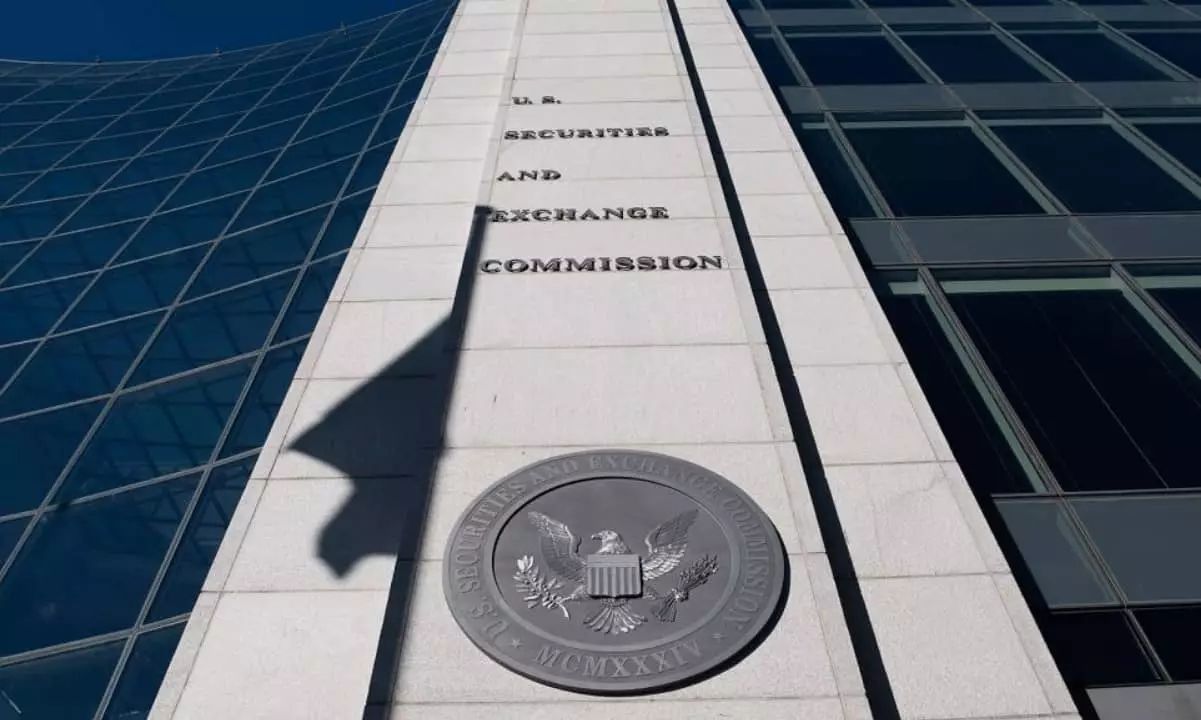In a pivotal move on May 29, the SEC’s Division of Corporation Finance released an opinion that could very well redefine the landscape of cryptocurrency staking. They have determined that staking activities associated with proof-of-stake networks do not amount to securities as per federal law. This could unleash a wave of innovation in the crypto sector by eliminating unnecessary bureaucratic hurdles. The Division’s reasoning hinged on the premise that staking is fundamentally a service rather than an investment in a profit-generating enterprise. By clarifying that transactions don’t require registration under the Securities Act, the SEC has set a critical precedent that can breathe new life into an industry often stifled by regulatory ambiguity.
Unpacking the Types of Staking
The SEC addressed several arrangements of staking: self-staking, self-custodial staking, and custodial arrangements. The distinction is crucial. Self-staking allows individuals to utilize their own resources, while self-custodial staking involves third parties that manage the validation rights. Custodial arrangements, on the other hand, see third parties stake assets on behalf of owners. What’s compelling here is the SEC’s application of the Howey test—clearly stating that staking rewards derive from compliance with protocols rather than relying on the entrepreneurial efforts of others. This rigid understanding could liberate both individual crypto enthusiasts and larger institutional players, making the staking landscape a more inviting space for investment and creativity.
Industry Reactions: A Call for Clarity
The news was met with applause from industry leaders. Christopher Perkins, President of CoinFund, acknowledged the SEC’s clarification, viewing it as the much-anticipated guidance that the industry had sought. Nate Geraci, President of ETF Store, echoed this sentiment—heralding the announcement as a breakthrough for spot Ether ETFs. This kind of positive feedback speaks volumes; it indicates a collective sigh of relief resonating throughout an industry yearning for clarity and stability. The SEC’s stance may finally provide the framework necessary for fostering innovation and significantly boosting consumer confidence.
The Clarity Act: A New Regulatory Framework
Coinciding with the SEC’s announcement was the introduction of the bipartisan “Digital Asset Market Clarity Act of 2025.” Spearheaded by House Committee on Financial Services Chairman French Hill, this legislation seeks to delineate the roles of both the SEC and the Commodity Futures Trading Commission (CFTC) in crypto oversight. The objective here is multifaceted: promote consumer protection, spur American innovation, and ultimately position the United States as a dominant force in the emerging digital asset market. This new regulatory landscape, if executed correctly, could mitigate the existing tension between regulatory bodies and crypto enthusiasts, serving as a bridge to unity in an otherwise fragmented ecosystem.
America’s Standing in the Global Blockchain Economy
While the announcements reflect a proactive approach to regulation, they also raise vital questions about the overall direction of the U.S. in the global blockchain race. The narrative is clear: America must stake its claim and not be left behind as other nations forge ahead with their own crypto regulations. Establishing a robust yet flexible regulatory framework is imperative, as it can not only protect consumers but also cultivate an environment ripe for innovation. With initiatives like the Clarity Act gaining traction, the U.S. stands at a crucial crossroads—one that could redefine its role in the digital age, capturing the global lead that many believe is within reach.

